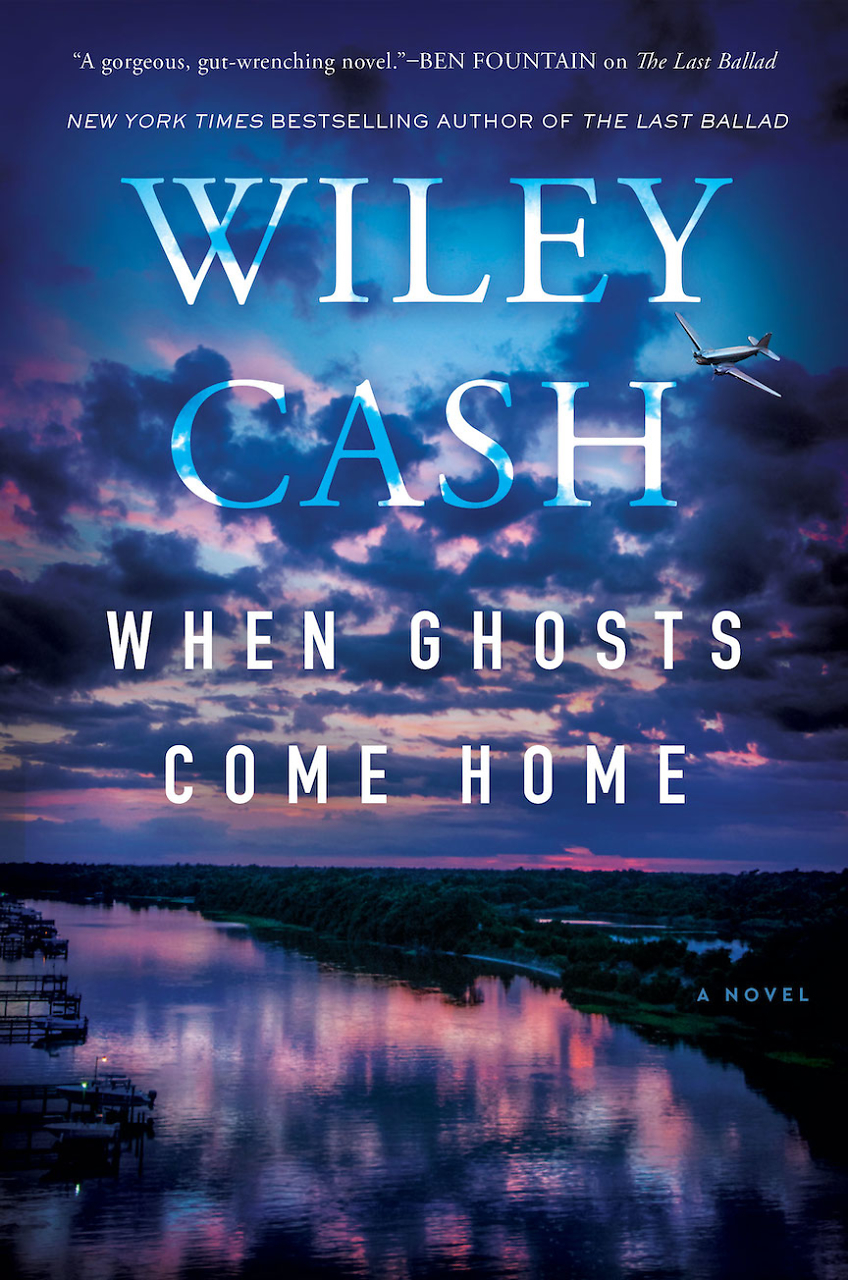Boogie Chillen'
Preston Lauterbach links an informal network of black-owned “joy businesses” to the birth of rock and roll
During the early 1960s, blues and R’n’B legends like B. B. King, Little Richard, and Ray Charles seemed to blast fully-formed out of radios and television sets around the world. In The Chitlin’ Circuit: And the Road to Rock and Roll, Memphis music writer Preston Lauterbach takes us back before the days when black music had its way with white teenagers; back to a time when Southern black musicians like King, Richard, and Charles depended for their livelihood on the informal yet influential association of rural nightclubs, big city “strolls,” and gangsters-cum-entrepreneurs known as the chitlin’ circuit.
It wasn’t that black music hadn’t already reached white audiences. During the ’30s and ’40s, big-city crowds, both black and white, jitterbugged to African-American-led orchestras, such as those of Duke Ellington and Louis Jordan. It was different in the South, however, where the black and white entertainment worlds rarely collided. Without access to an established entertainment infrastructure, African-American-owned nightclubs, restaurants, and bookmaking operations sprang up in black neighborhoods throughout the South and Midwest. According to Lauterbach, these “innovative economies”––which kicked into high gear following World War II––changed the course of American music. In 1940, “a talented black musician would have to leave the South to try to make it in New York or Chicago,” he says. “Now, Southern cities and towns that had been inconsequential were growing into lively hubs.”
To explain these alternate economies, Lauterbach looks to black entrepreneurs like bandleader Walter Barnes—whose nightclub column in the Chicago Defender trumpeted the fledgling circuit to Southern and Northern audiences alike—and Indianapolis club owner/racketeer Denver Ferguson: “Denver,” says Lauterbach, “put the black audience first, a simple variation at the core of his innovation.”
 Ferguson knew the black community. He knew, for example, that black entertainment options existed in every town, albeit underground. He also knew that, taken together, the black nickels and dimes spent in pursuit of that fundamental American right—a good time—could amount to some serious cash. With vaudeville crippled in the wake of the Depression, bandleaders like Barnes and networkers like Ferguson increasingly relied on the emerging chitlin’ circuit and its various “strolls,” as these hubs of underground industry were known, to keep their people working.
Ferguson knew the black community. He knew, for example, that black entertainment options existed in every town, albeit underground. He also knew that, taken together, the black nickels and dimes spent in pursuit of that fundamental American right—a good time—could amount to some serious cash. With vaudeville crippled in the wake of the Depression, bandleaders like Barnes and networkers like Ferguson increasingly relied on the emerging chitlin’ circuit and its various “strolls,” as these hubs of underground industry were known, to keep their people working.
In the same way that the Depression took out vaudeville, however, World War II allocations threatened to throttle the chitlin’ circuit just as it was becoming viable. “Road-hopping big bands and their big buses guzzled far too much gasoline to work in these days of allotment,” says Lauterbach. Once again, innovation ruled. Following the example of Louis Jordan, bands slimmed down to five and six pieces, making car and train travel possible. In many cases, star singers and instrumentalists traveled alone, picking up bands wherever they landed. Musicians continued to work, and the circuit continued to thrive—and, according to Lauterbach, these innovations brought us one step closer to rock and roll.
Long before it was used in a musical context, the term rock meant one thing in the black community: sex. Sometime during the early 40s, however, its usage began to change. Increasingly, journalists and booking agents began using the word to describe a certain up-tempo “race groove” that was the backbone of the chitlin’ circuit. “Though the white trade press would dub the new sounds rhythm and blues,” says Lauterbach, “black music had begun to rock.”
Songwriters, too, picked up on the word’s new usage. By 1947, blues artist Roy Brown had penned “Good Rockin’ Tonight,” the first song in which “rocking” came to mean both dancing and, ostensibly, screwing. By the time Elvis released “Good Rockin’ Tonight” in 1954, audiences had been treated to a host of rocking songs including Brown’s “Rockin’ at Midnight” and the fuzz guitar-driven “Rocket 88,” which was assembled by the young Ike Turner, another chitlin’ circuit alum. Regardless of which of these constitutes the first rock and roll song—a subject that still brings music writers to blows—“Rocket 88,” says Lauterbach, “was probably the first black rocker to cross over [to white audiences] since Louis Jordan.”
 Lauterbach takes issue, however, with the widely held notion that rock and roll is a fusion of black rhythm and blues and white country and western music—an overly convenient view supported by such institutions as Rolling Stone magazine and The Rock and Roll Hall of Fame. That theory certainly applies to white rockers such as Elvis Presley and Bill Haley, he argues, but the truth is more nuanced. “While black music was clearly rocking by 1949,” writes Lauterbach, “country and western fans delighted to the sounds of yodels, waltzes, accordions, fiddles, and steel guitars—great stuff, but not the stuff of rock and roll.”
Lauterbach takes issue, however, with the widely held notion that rock and roll is a fusion of black rhythm and blues and white country and western music—an overly convenient view supported by such institutions as Rolling Stone magazine and The Rock and Roll Hall of Fame. That theory certainly applies to white rockers such as Elvis Presley and Bill Haley, he argues, but the truth is more nuanced. “While black music was clearly rocking by 1949,” writes Lauterbach, “country and western fans delighted to the sounds of yodels, waltzes, accordions, fiddles, and steel guitars—great stuff, but not the stuff of rock and roll.”
In 1956 Billboard desegregated its music charts, clearing the way for chitlin’ circuit heavies like Fats Domino, Little Richard, and Ray Charles to compete for pop dollars with the likes of Elvis Presley, Carl Perkins, and Perry Como. The touring business may have created the chitlin’ circuit, but increasingly it was records and radio that were responsible for king-making, both within the circuit and without. If that didn’t put enough strain on the chitlin’ circuit’s infrastructure, urban-renewal programs of the late ’50s and early ’60s gutted the once-vital black neighborhoods that served as the circuit’s base of operations.
“There would be no return to the old circuit, and reminders of black Main Street’s importance to American culture were erased from sight,” writes Lauterbach. “The decade from the late 1950s to the late 1960s was a transformative period. By the end of it, the circuit would offer new opportunities, but it would no longer look like its old self.” It was the law of unintended consequences. Without segregation, Indianapolis, Memphis, Houston, New Orleans, Shreveport, and the rest would never have developed their strolls and the hidden economies that supported them. Likewise, says Lauterbach, “integration into mainstream society disintegrated black downtown.” As African-American novelist James Baldwin famously said, urban renewal amounted to little more than negro removal.
Though local music scenes still thrived—Stax Records and Hi Records in Memphis, for example—the purse strings were increasingly held by predominately white-owned record labels, radio stations, and booking agencies in major markets like New York and Los Angeles. But by then, of course, the fate of the world’s listening public had been sealed: “The chitlin’ circuit sound had become the driving creative force, not just of black pop, but for the business as a whole.” Rock and roll was here to stay.
Preston Lauterbach will appear at the 2011 Southern Festival of Books, held October 14-16 in Nashville.


